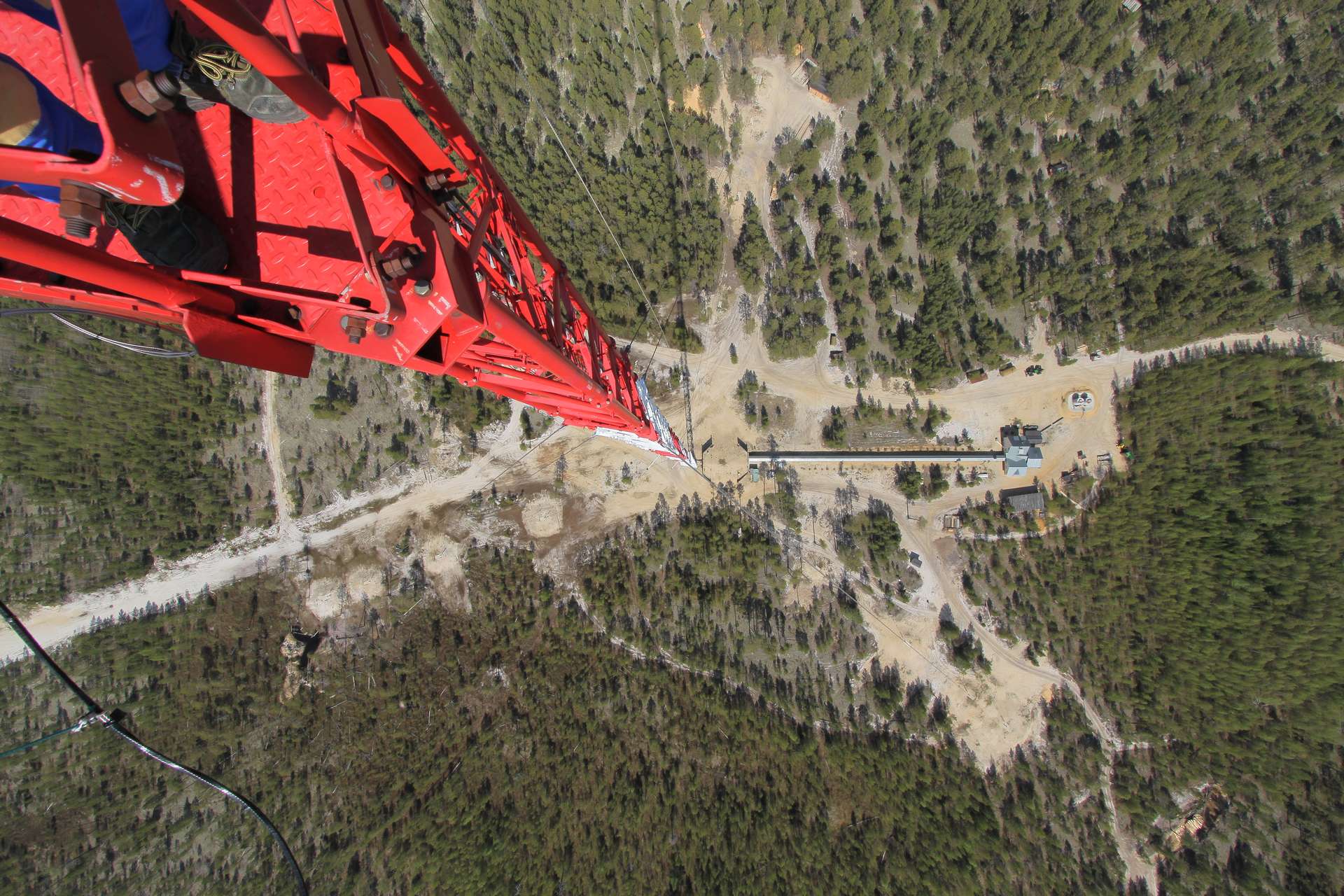
© Michael Hielscher
Welcome
Northern Eurasia, one of the so-called ‘hot-spot’ areas, exerts particularly important climatic controls because of its potential for large carbon storage or loss in a changing environment. What will happen with the carbon stored in forests and soils, as well as in wetlands and underlying permafrost in the boreal and arctic zone of Eurasia under warming conditions? Increased carbon storage due to a prolonged vegetation period will likely be counterbalanced by enhanced microbial activity that accelerates the release of carbon through respiration. Changes in precipitation amount and distribution patterns are likewise important – also because they impact frequency and distribution of forest fires and insect outbreaks. Direct anthropogenic impacts are at present still relatively small in the region, but industrial development and changes in land use and management may become increasingly important. Many questions regarding the above processes and their interactions remain unanswered.
ZOTTO the Zotino Tall Tower Observatory
In the framework of the ISTC partner project “Biogeochemical Responses to Rapid Climate Changes in Eurasia”, as part of a global cooperative effort to provide answers to the above questions, the Zotino Tall Tower Observatory (ZOTTO) had been established in 2006. It was intended to serve the scientific community as one of the world’s major continental research platforms for at least 30 years. It should document and help quantifying the changes in biogeochemical cycles in this important region of the globe.

